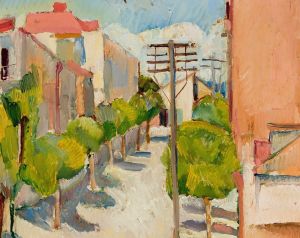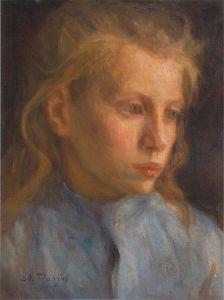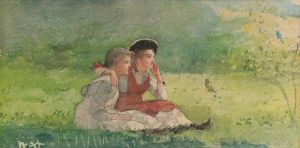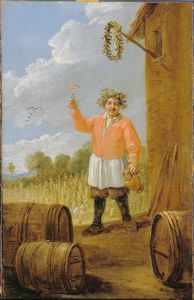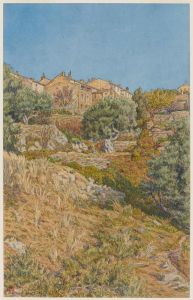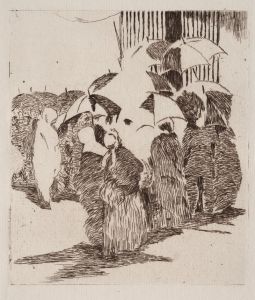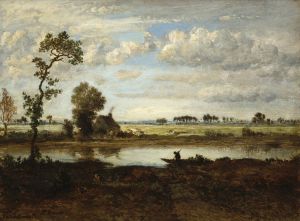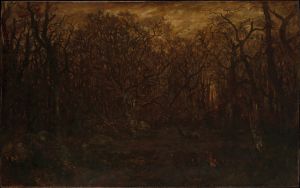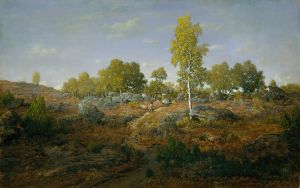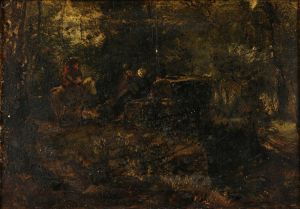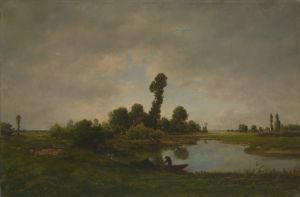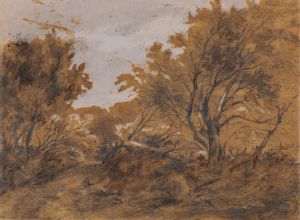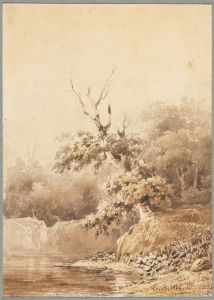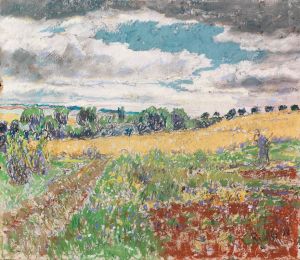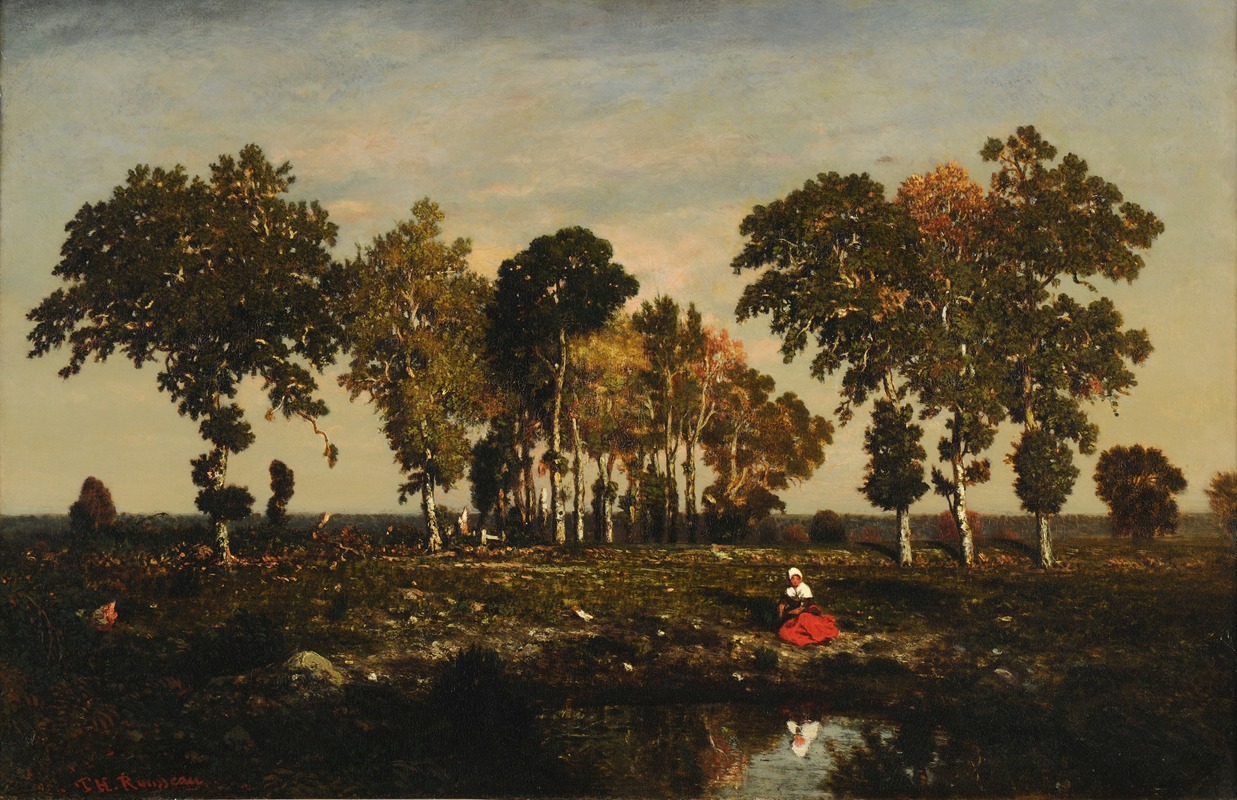
La Mare
A hand-painted replica of Théodore Rousseau’s masterpiece La Mare, meticulously crafted by professional artists to capture the true essence of the original. Each piece is created with museum-quality canvas and rare mineral pigments, carefully painted by experienced artists with delicate brushstrokes and rich, layered colors to perfectly recreate the texture of the original artwork. Unlike machine-printed reproductions, this hand-painted version brings the painting to life, infused with the artist’s emotions and skill in every stroke. Whether for personal collection or home decoration, it instantly elevates the artistic atmosphere of any space.
Théodore Rousseau's painting "La Mare" is a notable work by the French artist, who was a prominent figure in the Barbizon School, a movement that emerged in the mid-19th century. The Barbizon School was named after the village of Barbizon near the Forest of Fontainebleau, where Rousseau and other artists gathered to paint landscapes directly from nature, a practice that was relatively novel at the time.
"La Mare," which translates to "The Pond," exemplifies Rousseau's dedication to capturing the natural world with a sense of realism and emotional depth. Rousseau was known for his meticulous attention to detail and his ability to convey the atmosphere and mood of the landscape. His works often reflect a deep appreciation for the beauty and complexity of nature, and "La Mare" is no exception.
The painting depicts a serene pond surrounded by lush vegetation, with trees and shrubs that frame the water. Rousseau's use of light and shadow creates a dynamic composition that draws the viewer's eye across the canvas. The reflection of the sky and surrounding foliage in the water adds a layer of depth and realism to the scene. Rousseau's brushwork is both precise and expressive, capturing the textures of the leaves, water, and sky with great skill.
Rousseau's approach to landscape painting was influenced by his desire to move away from the idealized and often romanticized depictions of nature that were prevalent in academic art at the time. Instead, he sought to portray the natural world as it was, with all its imperfections and variations. This commitment to realism and naturalism was a defining characteristic of the Barbizon School and set the stage for later developments in landscape painting, including the Impressionist movement.
Théodore Rousseau faced significant challenges in his career, including initial rejection by the Paris Salon, the official art exhibition of the Académie des Beaux-Arts. However, he persevered and eventually gained recognition for his work. His dedication to his craft and his innovative approach to landscape painting earned him a place among the leading artists of his time.
"La Mare" is a testament to Rousseau's skill as a painter and his deep connection to the natural world. The painting not only captures a specific moment in time but also evokes a sense of tranquility and introspection. It invites viewers to pause and appreciate the beauty of the natural environment, a theme that resonates with audiences even today.
Rousseau's influence extended beyond his own work, as he inspired a generation of artists to explore new ways of representing the landscape. His legacy is evident in the continued appreciation of naturalistic and plein air painting, which remains a vital part of the art world. "La Mare" stands as a significant example of Rousseau's contribution to the development of modern landscape painting and his enduring impact on the art world.





